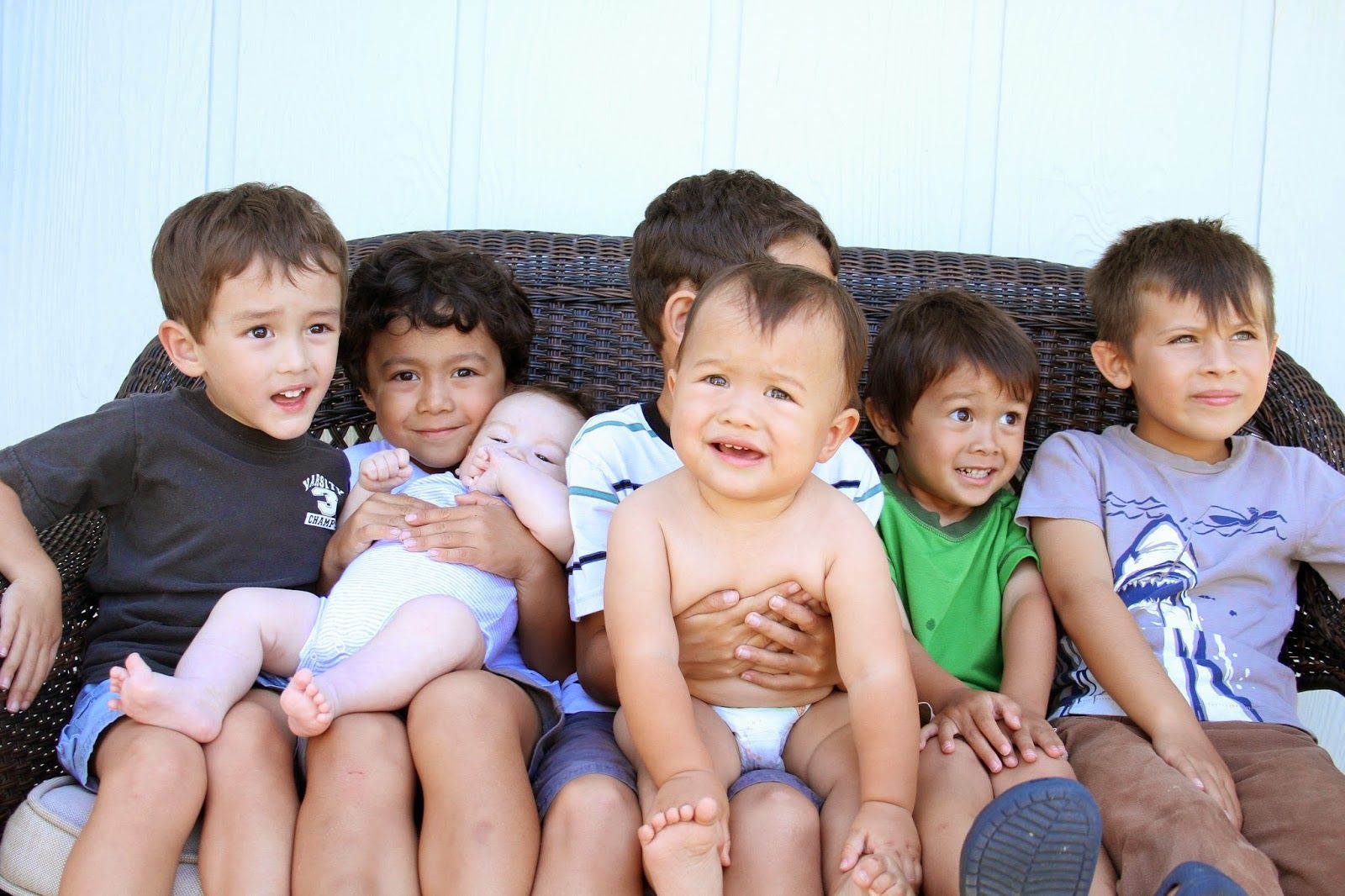"Exploring the Critical Role of Fathers in Strengthening Child Protection Frameworks
Engaging Fathers in Child Protection: The Untapped Resource
In contemporary child protection discussions, significant strides have been made toward understanding and enhancing the involvement of mothers in the well-being of children. However, the role of fathers remains an underexplored territory. Engaging fathers in child protection is not only a moral obligation but also a practical necessity. Fathers represent a critical resource that can strengthen families, enhance child welfare, and improve outcomes. Additionally, it can provide a fuller view of children’s lives, fostering a holistic approach to child protection and well-being.
The Importance of Father Engagement
Research consistently shows that children benefit immensely from an engaged father figure. Whether biological, step, or foster, the active involvement of fathers leads to improved emotional, cognitive, and social outcomes for children. Children with involved fathers tend to exhibit better academic performance, healthier behaviors, and a reduced risk of mental health issues. Moreover, these benefits extend to various socio-economic backgrounds, affirming that father engagement is universally advantageous.
Despite the well-documented benefits, traditional child protection frameworks often overlook fathers. This exclusion can diminish family stability and increase stress on mothers who are left to navigate challenges independently. By actively engaging fathers, social workers and child protection agencies can open up additional avenues for support, cooperation, and problem-solving.
Barriers to Involvement
- Cultural Norms: Societal norms often tailor the parenting discourse towards mothers, reinforcing the stereotype that child-rearing is primarily a maternal responsibility. Fathers may internalize these cultural messages, leading to a lack of confidence or understanding of their potential role in child protection.
2. Systemic Bias: Child protection systems frequently display biases against fathers. Many agencies prioritize mothers in decision-making processes, diminishing opportunities for fathers to participate meaningfully. This systemic bias can further perpetuate feelings of disenfranchisement among fathers and inhibit their willingness to engage.
3. Stigma and Fear: Fathers may fear judgment from professionals, leading them to avoid involvement altogether. Concerns over stigma, especially in cases of domestic violence or separation, can create apprehension about their capacity to contribute positively.
4. Lack of Resources and Support Structures: Many fathers do not have access to resources or support systems that encourage their involvement in parenting. Without proper guidance on navigating these challenges, they may feel ill-equipped to engage effectively in child protection efforts.
Strategies for Engaging Fathers
To tap into this invaluable resource, child protection agencies must employ targeted strategies that dismantle barriers and foster engagement among fathers. Here are some key approaches:
1.Shift the Narrative: Communications and educational materials should celebrate and normalize father involvement. Campaigns showcasing positive fatherhood images can help reframe parental roles, emphasizing that involvement is a shared responsibility.
2. Inclusive Policies: Developing inclusive policies that recognize the rights and responsibilities of fathers is crucial. Agencies must create frameworks that legitimize father involvement and facilitate their participation in decision-making processes.
3. Resource Provision: Child protection services should provide access to resources, workshops, and support groups tailored for fathers. This can include parenting classes, counseling, and peer support networks that assist fathers in navigating child protection issues.
4.Training for Professionals: Front-line workers in child protection must undergo training to acknowledge and respond to implicit biases against fathers. This training should focus on building skills to engage fathers actively, validate their concerns, and recognize their unique contributions to family stability.
5. Promote Shared Parenting: Encourage shared parenting arrangements even after separation. Tools, resources, and mediation services can assist families in developing co-parenting strategies that prioritize the child’s best interests while ensuring fathers remain engaged.
6. Build Trusting Relationships: Establishing trust is paramount. Child protection workers must actively engage with fathers, listening to their concerns and aspirations while acknowledging the validity of their experiences in parenting discussions.
Success Stories of Father Engagement
Some agencies have begun integrating fathers into child protection conversations more actively, with impressive results. For instance, the "Fathers Matter" initiative in various localities focuses on facilitating father engagement by bringing them together in community-based support groups. These groups not only offer resources and information but also create a sense of camaraderie among fathers who may feel isolated in their experiences.
Another powerful example is the use of peer support models where fathers who have previously navigated child protection systems take on mentoring roles, guiding new fathers through the process. These peer-led initiatives demonstrate the empowering potential of fostering genuine relationships among men in similar circumstances.
Conclusion
The inclusion of fathers in child protection efforts must progress from a marginal consideration to a core component within child welfare systems. Engaging fathers—when done thoughtfully—is critical for enhancing child protection outcomes. It offers children the advantages of enriched, diverse relationships and a more profound, rounded environment for growth and development.
As we move forward, a paradigm shift in understanding and valuing fatherhood is imperative. By recognizing and harnessing the potential of fathers as partners in child protection, we not only improve the lives of children but also foster healthier family dynamics that contribute to stronger, more resilient communities. The time has come to break down the barriers and embrace this untapped resource—a strategic necessity that will ultimately benefit every stakeholder in the child protection ecosystem.










